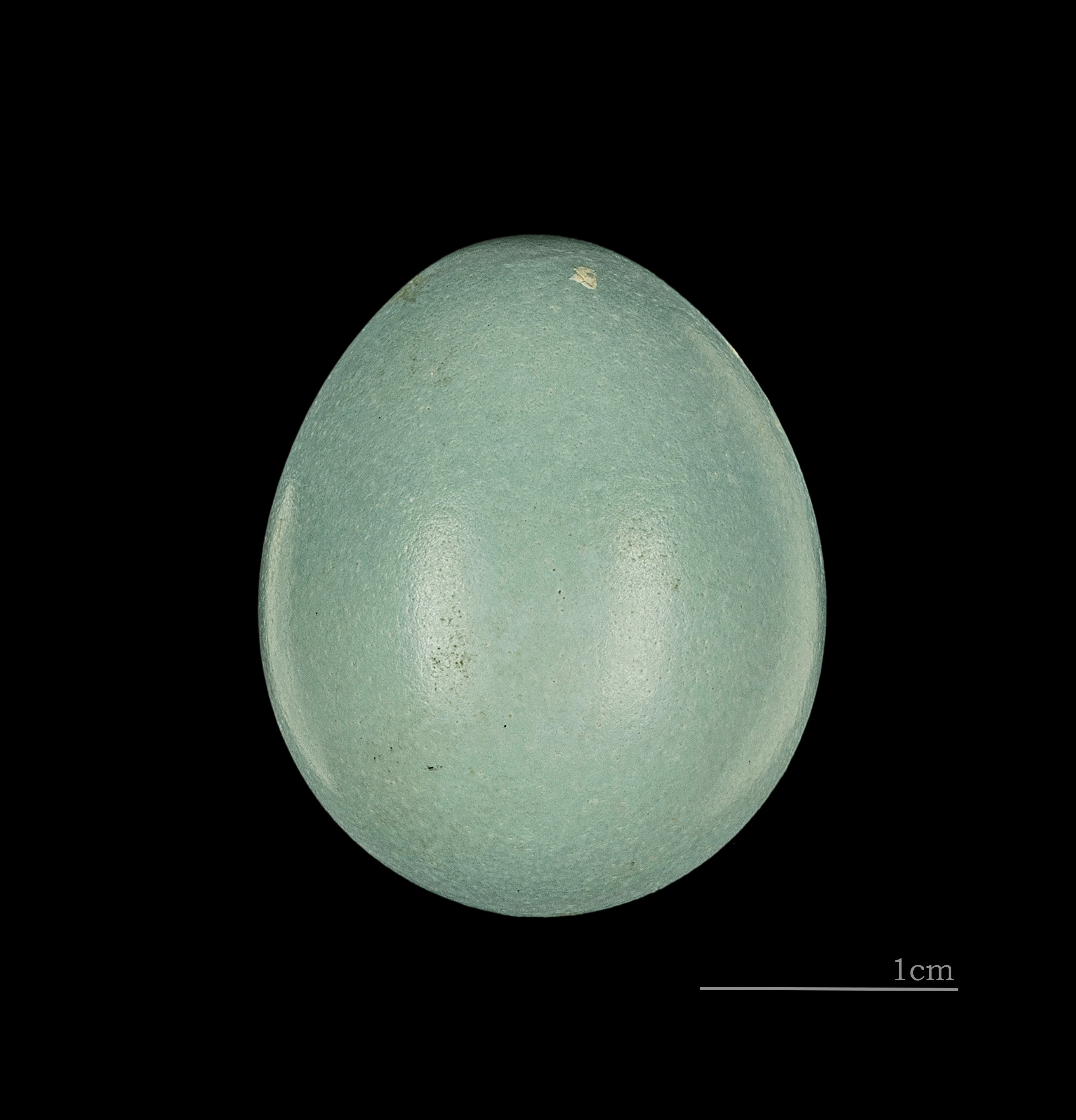|
Chinese Babax
The Chinese babax (''Pterorhinus lanceolatus'') is a species of bird in the family Leiothrichidae. It is found in China, Hong Kong, India, and Myanmar. Its natural habitats are subtropical or tropical moist lowland forests and subtropical or tropical moist montane forests. This species was formerly placed in the genus ''Babax'' but following the publication of a comprehensive molecular phylogenetic study in 2018, it was moved to the resurrected genus ''Pterorhinus''. References *Collar, N. J. & Robson C. 2007. Family Timaliidae (Babblers) pp. 70 – 291 in; del Hoyo, J., Elliott, A. & Christie, D.A. eds. ''Handbook of the Birds of the World'', Vol. 12. Picathartes to Tits and Chickadees. Lynx Edicions, Barcelona. External linksImage and classification at ADW Chinese babax Birds of China Birds of Myanmar Birds of Yunnan Chinese babax The Chinese babax (''Pterorhinus lanceolatus'') is a species of bird in the family Leiothrichidae. It is found in China, Hong Kon ... [...More Info...] [...Related Items...] OR: [Wikipedia] [Google] [Baidu] |
Jules Verreaux
Jules Pierre Verreaux (24 August 1807 – 7 September 1873) was a French botanist and ornithologist and a professional collector of and trader in natural history specimens. He was the brother of Édouard Verreaux and nephew of Pierre Antoine Delalande. Career Verreaux worked for the family business, Maison Verreaux, established in 1803 by his father, Jacques Philippe Verreaux, at Place des Vosges in Paris, which was the earliest known company that dealt in objects of natural history. The company funded collection expeditions to various parts of the world. Maison Verreaux sold many specimens to the Muséum National d'Histoire Naturelle to add to its collections. In 1830, while travelling in modern-day Botswana, Verreaux witnessed the burial of a Tswana warrior. Verreaux returned to the burial site under cover of night to dig up the African's body where he retrieved the skin, the skull and a few bones. Verreaux intended to ship the body back to France and so prepared and prese ... [...More Info...] [...Related Items...] OR: [Wikipedia] [Google] [Baidu] |
Montane Forest
Montane ecosystems are found on the slopes of mountains. The alpine climate in these regions strongly affects the ecosystem because temperatures fall as elevation increases, causing the ecosystem to stratify. This stratification is a crucial factor in shaping plant community, biodiversity, metabolic processes and ecosystem dynamics for montane ecosystems. Dense montane forests are common at moderate elevations, due to moderate temperatures and high rainfall. At higher elevations, the climate is harsher, with lower temperatures and higher winds, preventing the growth of trees and causing the plant community to transition to montane grasslands, shrublands or alpine tundra. Due to the unique climate conditions of montane ecosystems, they contain increased numbers of endemic species. Montane ecosystems also exhibit variation in ecosystem services, which include carbon storage and water supply. Life zones As elevation increases, the climate becomes cooler, due to a decrease ... [...More Info...] [...Related Items...] OR: [Wikipedia] [Google] [Baidu] |
Birds Described In 1870
Birds are a group of warm-blooded vertebrates constituting the class Aves (), characterised by feathers, toothless beaked jaws, the laying of hard-shelled eggs, a high metabolic rate, a four-chambered heart, and a strong yet lightweight skeleton. Birds live worldwide and range in size from the bee hummingbird to the ostrich. There are about ten thousand living species, more than half of which are passerine, or "perching" birds. Birds have whose development varies according to species; the only known groups without wings are the extinct moa and elephant birds. Wings, which are modified forelimbs, gave birds the ability to fly, although further evolution has led to the loss of flight in some birds, including ratites, penguins, and diverse endemic island species. The digestive and respiratory systems of birds are also uniquely adapted for flight. Some bird species of aquatic environments, particularly seabirds and some waterbirds, have further evolved for swimming. ... [...More Info...] [...Related Items...] OR: [Wikipedia] [Google] [Baidu] |
Birds Of China
This is a list of the bird species recorded in China. The avifauna of China include a total of 1425 species, of which 57 are endemic, and 3 have been introduced by humans. Of these, 108 species are globally threatened. This list's taxonomic treatment (designation and sequence of orders, families and species) and nomenclature (common and scientific names) follow the conventions of '' The Clements Checklist of Birds of the World'', 2022 edition. The family accounts at the beginning of each heading reflect this taxonomy, as do the species counts found in each family account. Introduced and accidental species are included in the total counts for China. The following tags have been used to highlight several categories. The commonly occurring native species do not fall into any of these categories. * (A) Accidental - a species that rarely or accidentally occurs in China * (E) Endemic - a species native or restricted to China * (I) Introduced - a species introduced to China as a c ... [...More Info...] [...Related Items...] OR: [Wikipedia] [Google] [Baidu] |
Handbook Of The Birds Of The World
The ''Handbook of the Birds of the World'' (HBW) is a multi-volume series produced by the Spanish publishing house Lynx Edicions in partnership with BirdLife International. It is the first handbook to cover every known living species of bird. The series was edited by Josep del Hoyo, Andrew Elliott, Jordi Sargatal and David A. Christie. All 16 volumes have been published. For the first time an animal class will have all the species illustrated and treated in detail in a single work. This has not been done before for any other group in the animal kingdom. Material in each volume is grouped first by family, with an introductory article on each family; this is followed by individual species accounts (taxonomy, subspecies and distribution, descriptive notes, habitat, food and feeding, breeding, movements, status and conservation, bibliography). In addition, all volumes except the first and second contain an essay on a particular ornithological theme. More than 200 renowned specia ... [...More Info...] [...Related Items...] OR: [Wikipedia] [Google] [Baidu] |
Pterorhinus
''Pterorhinus'' is a genus of passerine birds in the laughingthrush family Leiothrichidae. Taxonomy The genus was erected by the English zoologist Robert Swinhoe in 1868 with the plain laughingthrush (''Pterorhinus davidi'') as the type species. The name of the genus combines the Ancient Greek ''pteron'' meaning "feather" with ''rhinos'' meaning "nostrils". These species were at one time placed in ''Garrulax'' but following the publication of a molecular phylogenetic study in 2018, ''Garrulax'' was split up and some of the species were moved to the resurrected genus ''Pterorhinus''. At the same time, the four species previously placed in ''Babax'' were moved here. Species The genus contains 23 species: * Rufous-necked laughingthrush, ''Pterorhinus ruficollis'' * Chestnut-backed laughingthrush, ''Pterorhinus nuchalis'' * Black-throated laughingthrush, ''Pterorhinus chinensis'' * Chestnut-capped laughingthrush, ''Pterorhinus mitratus'' * Chestnut-hooded laughingthrush, ''Pterorhin ... [...More Info...] [...Related Items...] OR: [Wikipedia] [Google] [Baidu] |
Molecular Phylogenetic
Molecular phylogenetics () is the branch of phylogeny that analyzes genetic, hereditary molecular differences, predominantly in DNA sequences, to gain information on an organism's evolutionary relationships. From these analyses, it is possible to determine the processes by which diversity among species has been achieved. The result of a molecular phylogenetic analysis is expressed in a phylogenetic tree. Molecular phylogenetics is one aspect of molecular systematics, a broader term that also includes the use of molecular data in taxonomy and biogeography. Molecular phylogenetics and molecular evolution correlate. Molecular evolution is the process of selective changes (mutations) at a molecular level (genes, proteins, etc.) throughout various branches in the tree of life (evolution). Molecular phylogenetics makes inferences of the evolutionary relationships that arise due to molecular evolution and results in the construction of a phylogenetic tree. History The theoretical ... [...More Info...] [...Related Items...] OR: [Wikipedia] [Google] [Baidu] |
Forest
A forest is an area of land dominated by trees. Hundreds of definitions of forest are used throughout the world, incorporating factors such as tree density, tree height, land use, legal standing, and ecological function. The United Nations' Food and Agriculture Organization (FAO) defines a forest as, "Land spanning more than 0.5 hectares with trees higher than 5 meters and a canopy cover of more than 10 percent, or trees able to reach these thresholds ''in situ''. It does not include land that is predominantly under agricultural or urban use." Using this definition, '' Global Forest Resources Assessment 2020'' (FRA 2020) found that forests covered , or approximately 31 percent of the world's land area in 2020. Forests are the predominant terrestrial ecosystem of Earth, and are found around the globe. More than half of the world's forests are found in only five countries (Brazil, Canada, China, Russia, and the United States). The largest share of forests (45 percent) are in ... [...More Info...] [...Related Items...] OR: [Wikipedia] [Google] [Baidu] |
Babax Lanceolatus MHNT 227 HdB China
''Pterorhinus'' is a genus of passerine birds in the laughingthrush family Leiothrichidae. Taxonomy The genus was erected by the English zoologist Robert Swinhoe in 1868 with the plain laughingthrush (''Pterorhinus davidi'') as the type species. The name of the genus combines the Ancient Greek ''pteron'' meaning "feather" with ''rhinos'' meaning "nostrils". These species were at one time placed in ''Garrulax'' but following the publication of a molecular phylogenetic study in 2018, ''Garrulax'' was split up and some of the species were moved to the resurrected genus ''Pterorhinus''. At the same time, the four species previously placed in ''Babax'' were moved here. Species The genus contains 23 species: * Rufous-necked laughingthrush, ''Pterorhinus ruficollis'' * Chestnut-backed laughingthrush, ''Pterorhinus nuchalis'' * Black-throated laughingthrush, ''Pterorhinus chinensis'' * Chestnut-capped laughingthrush, ''Pterorhinus mitratus'' * Chestnut-hooded laughingthrush, ''Pterorhi ... [...More Info...] [...Related Items...] OR: [Wikipedia] [Google] [Baidu] |
Habitat
In ecology, the term habitat summarises the array of resources, physical and biotic factors that are present in an area, such as to support the survival and reproduction of a particular species. A species habitat can be seen as the physical manifestation of its ecological niche. Thus "habitat" is a species-specific term, fundamentally different from concepts such as environment or vegetation assemblages, for which the term "habitat-type" is more appropriate. The physical factors may include (for example): soil, moisture, range of temperature, and light intensity. Biotic factors will include the availability of food and the presence or absence of predators. Every species has particular habitat requirements, with habitat generalist species able to thrive in a wide array of environmental conditions while habitat specialist species requiring a very limited set of factors to survive. The habitat of a species is not necessarily found in a geographical area, it can be the interior ... [...More Info...] [...Related Items...] OR: [Wikipedia] [Google] [Baidu] |


.jpg)

